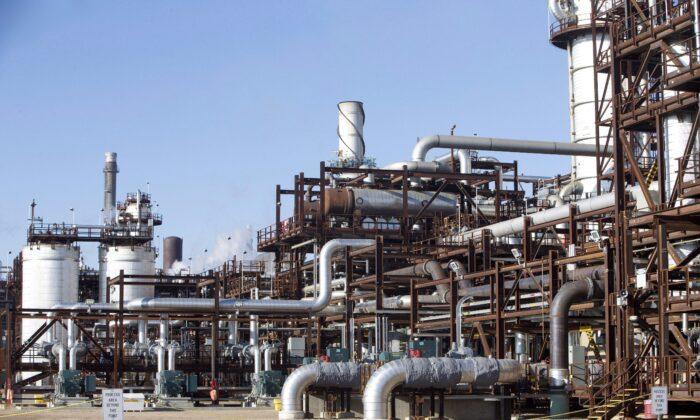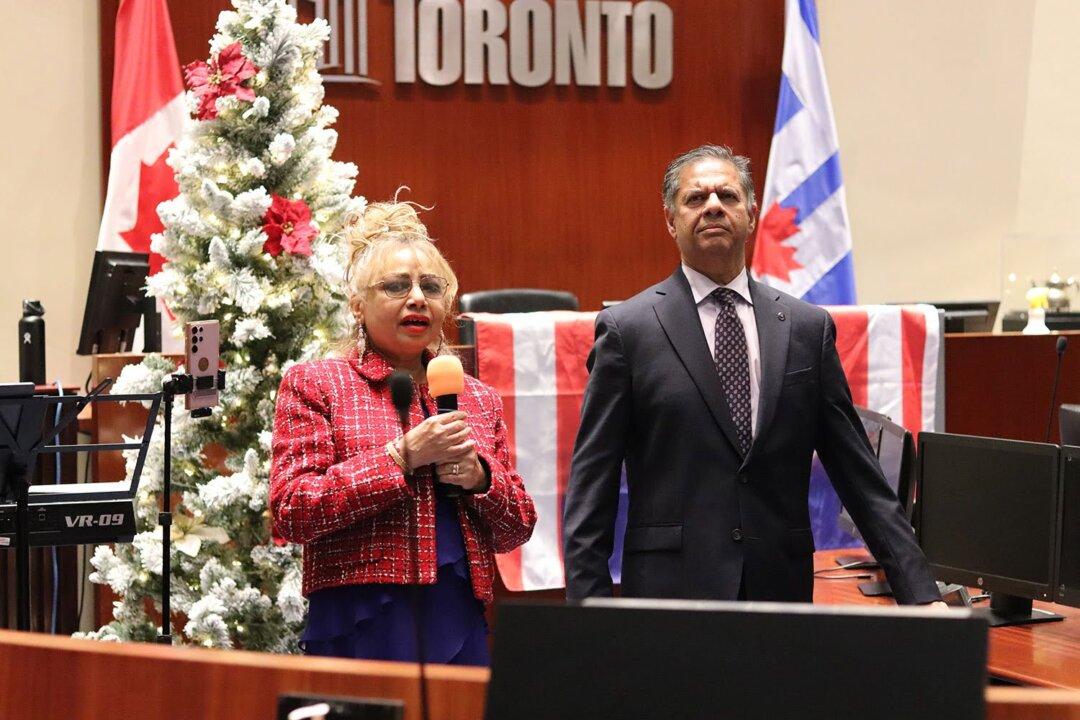A tax credit for carbon capture and storage is one of numerous measures in the federal budget designed to reduce carbon emissions as the clock ticks for the federal government to reach goals it has set for reduced carbon emissions by 2030.
The federal government aims to reduce greenhouse gas emissions by 40 to 45 percent below 2005 levels by 2030, and to achieve net zero by 2050. Richard Masson, executive fellow at the University of Calgary School of Public Policy, believes the aggressive targets have forced the government to look beyond renewables to reach its goals.
“They’re having to say gas is a transition fuel, we need small nuclear, we need carbon capture,” Masson told The Epoch Times. “It seems to me it’s just being practical now.”
Captured carbon can be used for enhanced oil recovery (EOR) to enable more extraction from wells that are otherwise past their practical use. However, such projects are not eligible for the tax credit.
Masson said some in the industry wanted a 75 percent tax credit and for EOR to be eligible, but he understands why the government was less generous.
“The oil that comes out typically is quite light oil, which attracts right now $100 U.S. [dollars] a barrel, $120 Canadian [dollars] a barrel, and typically has relatively favourable royalty rates because it’s enhanced oil recovery. The economic question is, do you really need a tax credit, because the value of the oil could be quite high,” he said.
Masson believes the fluctuating price of oil and the possibility that the carbon tax would vanish under a Conservative federal government will force companies to make calculated risks on whether to choose the tax credits for carbon sequestration or the revenue streams for EOR as they ponder new projects.
He expects that industry will push the Alberta government to implement its own 25 percent tax credit for CCUS projects, especially since the province benefits more from royalties than the federal government.
According to Kevin Birn, an analyst at S&P Global, that scenario is believable.
“Policies of these natures tend to have some sort of pancaking or synergistic intention with provincial governments, and that’s been the history of Canadian policies in these areas, so it wouldn’t surprise me,” he said in an interview.





